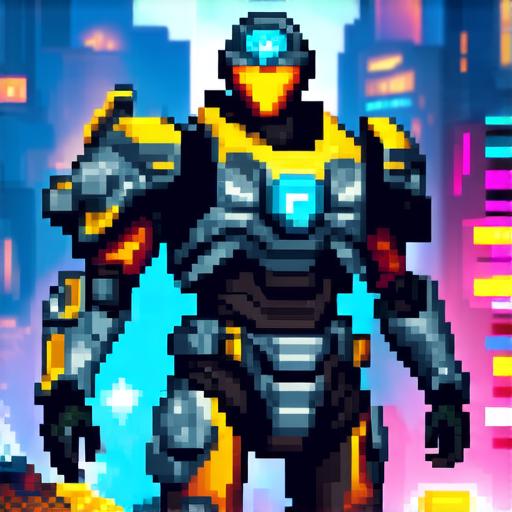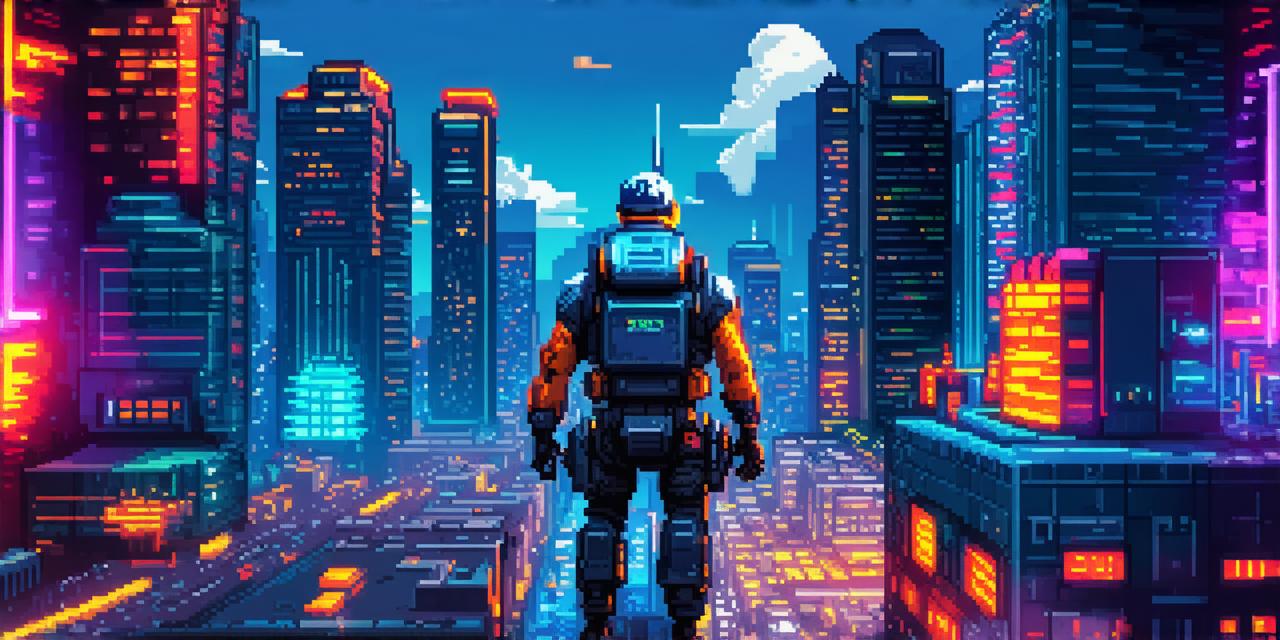NFTs and Gaming: A Match Made in Heaven
Games have long been a source of entertainment for people all over the world. However, games are more than just fun and games; they are also valuable digital assets that can be bought, sold, and traded like commodities. NFTs provide an opportunity for game developers to monetize their games in new ways, by creating unique digital assets that can be sold to players or collectors.
NFTs can also provide a level of exclusivity and ownership that is not possible with traditional gaming assets. With an NFT, players can own a truly one-of-a-kind item that cannot be replicated or duplicated. This creates a sense of scarcity and value that can drive up demand for the asset.
Case Study: CryptoKitties
CryptoKitties is a popular blockchain-based game that allows players to breed and collect unique digital cats. Each cat is represented as an NFT, which can be bought, sold, and traded on secondary markets like OpenSea. The game has been incredibly successful, with over $20 million in transactions taking place since its launch in 2017.
One of the reasons for CryptoKitties’ success is the exclusivity and ownership that NFTs provide. Each cat is truly unique, with its own set of attributes and rarity levels. This creates a sense of scarcity and value that drives demand for the assets. Players can also use their cats to breed new offspring, creating an endless stream of new and valuable assets.
Another benefit of NFTs in gaming is the potential for cross-chain interoperability. With NFTs, players can own assets across different games and platforms, providing a level of flexibility and convenience that is not possible with traditional gaming assets. This opens up new possibilities for game developers to create new and innovative ways for players to interact with their games.
How to Represent Your Game as an NFT

- Choose a blockchain platform: There are many different blockchain platforms available, each with its own strengths and weaknesses. Some popular options for gaming include Ethereum, EOS, and Binance Smart Chain. Choose a platform that best suits your needs and budget.
- Create unique digital assets: Your game should have unique digital assets that can be represented as NFTs. These could include in-game items like weapons or characters, collectibles like rare creatures or artifacts, or even entire games themselves. The more unique and valuable your assets are, the higher demand there will be for them as NFTs.
- Mint the NFTs: Once you have created your digital assets, you will need to mint them as NFTs on your chosen blockchain platform. This involves creating a smart contract that defines the ownership and properties of each asset, and then using this contract to create a unique NFT that can be traded on secondary markets.
- List the NFTs on marketplaces: There are many different marketplaces where you can list your NFTs for sale, including OpenSea, Rarible, and SuperRare. Choose a marketplace that best suits your needs and budget, and then list your NFTs for sale to the public.
- Promote your NFTs: Once your NFTs are listed on a marketplace, you will need to promote them to potential buyers. This could involve creating social media accounts, hosting giveaways or contests, or partnering with other game developers or influencers to increase visibility and demand for your assets.
